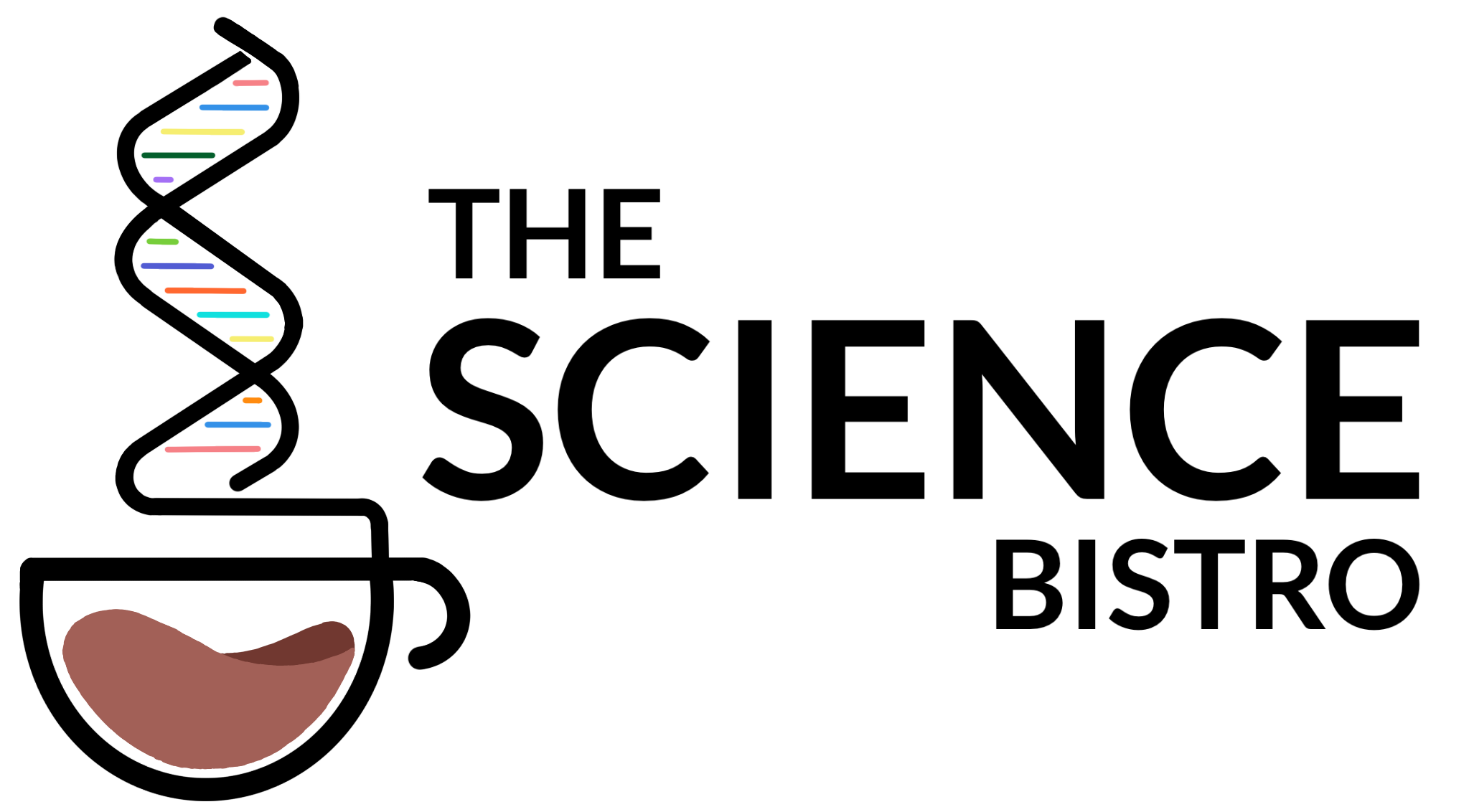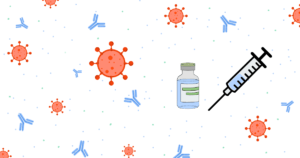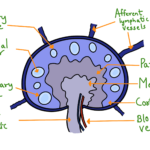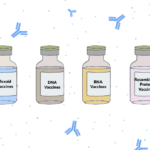For the last two years, when the whole world is suffering from a pandemic known as COVID-19 caused by the virus SARS-COV-2, the word we frequently hear is ‘Vaccines’. From the onset of the pandemic, our only aim is to control the ever-surging cases of viral infections via developing a working vaccine that effectively protects people from this deadly virus. However, have you ever wondered what exactly these vaccines are? This series of articles is designed precisely for that purpose. This series will answer questions like How vaccines are made? How do they act? What exactly do they contain? And, many more questions which a curious person might have.
The background behind vaccines:
Extensive research in medicine and immunology (Study of the immune system of humans) has discovered that the human body produces some response when a foreign body enters the system; this response is known as immune response. This foreign body may include a wide range of entities like a bacterium, a virus, a parasite or an allergen such as pollen. The response may include allergic reaction in case of allergen, fever in bacterial or viral infection etc. This body response tells you that something unusual has entered the system, and the body is trying to eliminate it. To eliminate the foreign entity, one of the weapons of the immune system is antibodies. These antibodies are Y-shaped protein structures produced with the help of different cells in the immune system. These antibodies can destroy the foreign entity by taking the help of various cells present in the body. Typically, these antibodies are specific for a foreign entity, and this specificity is maintained because they recognize only a particular part of the foreign entity known as ‘antigen’.
History behind vaccines:
The story of Edward Jenner:
The history of vaccines dates back to the fifteenth century; Chinese and Turks used to administer dried crusts derived from smallpox pustules by inhalation or by process of variolation (administering dries crusts via a cut through the skin) in order to generate immunity against smallpox. Another report of early vaccination includes efforts of Edward Jenner in 1798; he observed that milkmaids who had contracted a mild form of cowpox were immune against smallpox. Observing this, Jenner postulated that introducing fluid from a cowpox pustule into people might protect them from smallpox. He confirmed this hypothesis on a child by inoculating him with fluid from cowpox pustules and later deliberately inoculating him with smallpox, to everyone’s surprise, the child did not develop smallpox.
The story of Louis Pasteur:
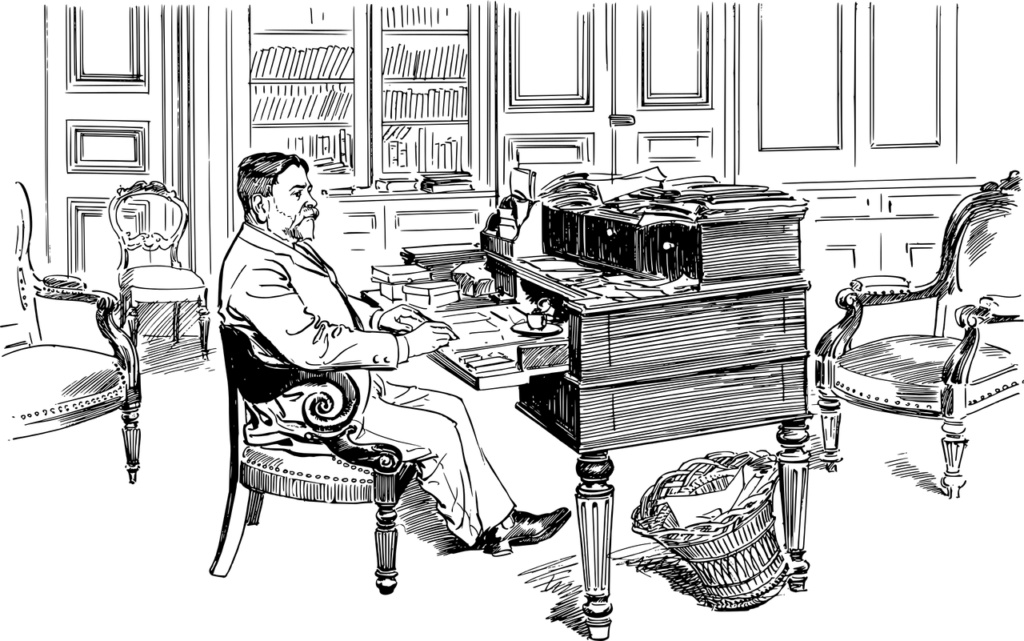
Louis Pasteur successfully grew a bacterium that he suspected was a causative agent for the disease cholera. He injected some chickens with a bacterium to check this, and the chickens developed the disease and died. After coming back from extended summer vacation, Pasteur again inoculated chickens with a bacterium culture that he already had (which was relatively old); this time, chickens developed cholera and recovered from it. Pasteur suspected the reason behind this could be the old culture of bacteria; hence he grew a new culture of bacteria. He wanted to inoculate the bacterial culture into new chickens, but he had limited supply of chickens, as the story goes. Hence, he chose to inoculate the chickens already recovered from cholera; to his surprise, he found that the chickens did not develop cholera. Pasteur hypothesized and proved that virulence of the bacterial pathogen is weakened due to ageing, and this weakened strain can be used to protect against the actual disease. Pasteur coined the term ‘Vaccine’ by calling the weakened strain of bacteria, as vaccine is based on the Latin word ‘Vacca’, which means ‘cow’ in English in honor of Edward Jenner’s work. Pasteur then tested his hypothesis on other diseases such as rabies, anthrax etc. The first report of human vaccination is in 1885, where Pasteur administered his rabies vaccine to a boy named ‘Joseph Meister’.
Modern Vaccines:
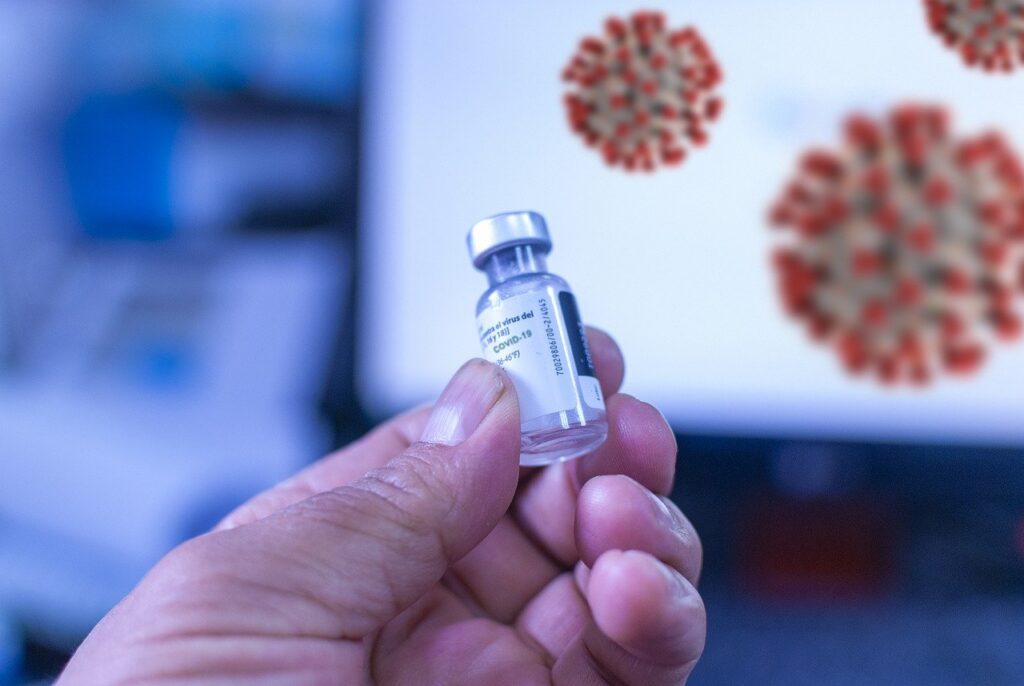
As history suggests, administrating a weakened form of a causative agent of a disease might protect the individual from the actual disease. Modern-day vaccines are designed based on this exact principle. A typical vaccine consists of a weakened form of a causative agent, which can generate an immune response in the form of antibodies and combat the disease-causing agent without any signs of actual disease. Although, as we discussed earlier, antibodies are made against a part of a causative agent known as antigen, some vaccines may have just the antigen part of the causative agent against which an immune response is generated. In some cases, such as DNA Vaccines or RNA vaccines, the genetic material to synthesize the antigen part of the causative agent is inserted inside the cells. It is getting complicated, right? Do not worry; we will discuss all these types of vaccines in our next blog post.
Until then ‘Cherish Science’.
